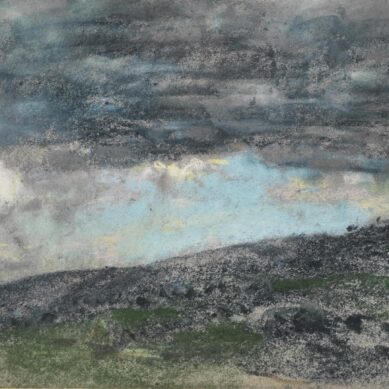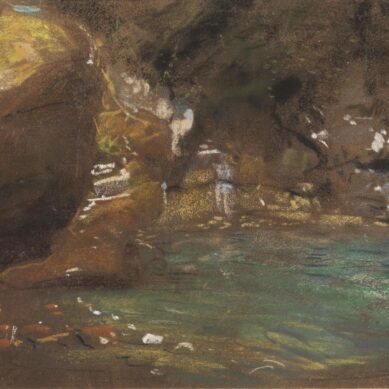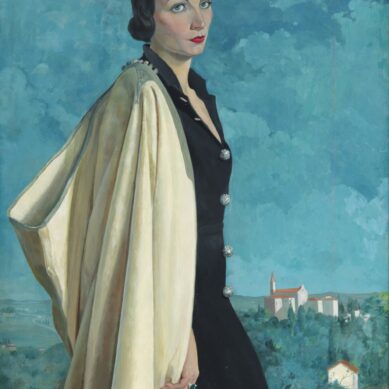You searched
Painter
Francesco Paolo Michetti
Are you interested in the sales or the purchase of his artworks?
We buy works of this artist
and of other painters and sculptors from the 16th century to the first half of the 20th century
The Berardi gallery offers a free and without obligation service for evaluation of ancient and modern art . To find your way in the art market, very complex and full of nuances, it is better to rely on a professional consultant who can answer fast and concretely to your needs. The clarity of the answers will resolve effectively the need to estimate or sell an asset.
Contact us immediately without commitment
Answers also in 24 hours:
Francesco Paolo Michetti
Francesco Paolo Michetti
Already in 1868 he moved to Naples to study under the guidance of Domenico Morelli and Filippo Palizzi. Thanks to Dalbono he came into contact with the school of Portici and thus overcame Palizzi’s excessive analysis. The first production, supported by the Rotondo brothers, is dedicated to rural subjects with shepherds and animals. The contact with de Nittis in Portici allows him to come into contact with international merchants. In 1872 he made his debut at the Paris Salon with great success.
In 1877 he achieved fame with The Corpus Domini procession, a painting that combined the costumbrist subject with an innovative technique, resolved with a luminous palette and a vibrant touch, evident debts of Fortuny’s example. In 1883 he sent to Rome Il voto, a Caravaggesque and anti-graceful work, with which he testifies to a change in interests.
No longer commercial painting but the social study of the Abruzzese people. In 1895 in Venice he presented The Daughter of Iorio (Pescara, Provincial Palace), a painting that reveals the maturity reached by synthesis and formal order.
In 1900 he sent Gli cripples and Le Serpi (Francavilla al Mare, Town Hall) to the international exhibition in Paris and later became more interested in photography and almost monochrome painting. Details: The work, depicting the mockery of some men at the passage of two water-carrying women, constitutes an idea for La Daughter of Jorio, one of the most famous cycles developed by Michetti, dedicated to the theme of the relationship between the two sexes in peasant society.
Starting in the mid-1970s, the artist began to combine pastoral subjects with the representation of the main moments of the Abruzzo tradition – weddings, parties, funerals, processions – as well as human dramas understood in their universal value.
He is interested in the primary laws underlying the life of men, because, as d’Annunzio writes, who shares the same research with Michetti, publishing his Daughter of Jorio in 1903, “Primitive man, in immutable nature, speaks the language of elementary passions “(Letter from d’Annunzio to Francesco Paolo Michetti, 31 August 1903, in Sillani 1932, p. 113).
Jorio’s daughter engages Michetti for a very long period of time: a first study dates back to 1879; a canvas was presented at the 1881 Milan Exposition, while a new version was successfully exhibited at the 1895 Venice Biennale.
In this time span there is a vast series of sketches and finished works, which, despite the different solutions, appear to be connected to each other by a series of iconographic and compositional correspondences.
A series of representative expedients recur: the men leaning against the tree, the bold postures with their legs apart, the passage of the woman, who, in all cases, proceeds haughty and solemn, indifferent to derision and bearer of an ancient pride. As Ettore Janni writes, “In the brilliant mind of the artist Iorio’s daughter was not just a painting: it was a poem of which a series of paintings had to be the songs, a poem of passion, of sin, of hate, like a legend in whose grandiose simplicity was the tragedy of a life, through the aesthetic and spiritual Abruzzo “(Janni 1914).
The pictorial workmanship in this work is noteworthy: if in the seventies, under the stimulus of Mariano Fortuny, the artist had developed that way, so appreciated on the international scene, which, alternating with ease finished and unfinished parts, represented a sort of voracious taking possession of reality in the singularity of every optical sensation, more and more in the course of the Eighties the color, reduced to the low tones of the palette, tends, also on the basis of Japanese suggestions, to free itself in large and synthetic sabers of strong abstract value.
It is with this experimental research, in which the urgency to go beyond the reality of the visible to capture its immutable substance is evident, that Michetti will cross the threshold of the new century, developing, indifferent to success, a very modern autonomy of vision.





















